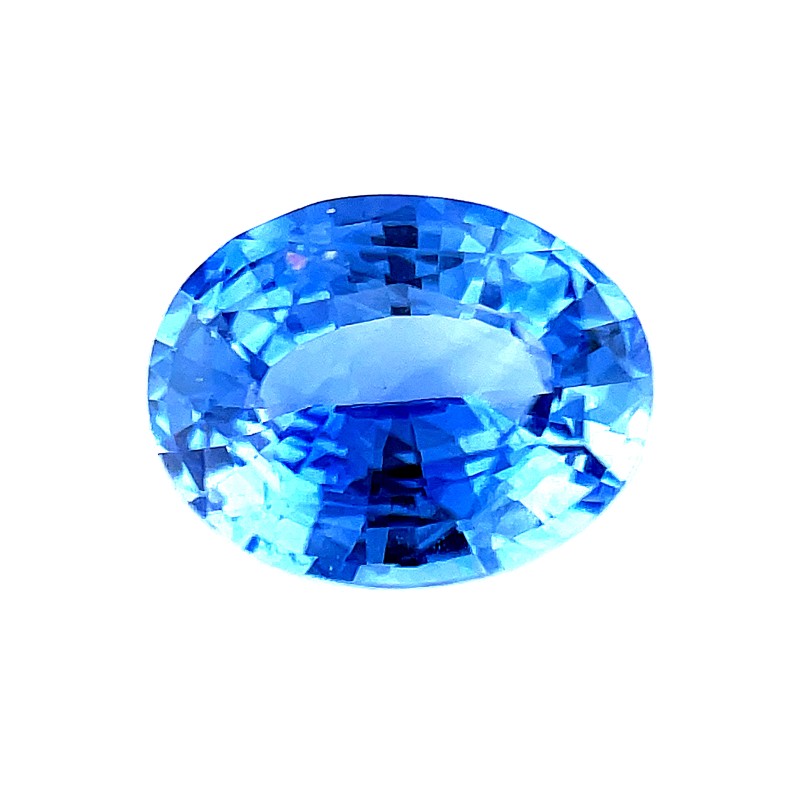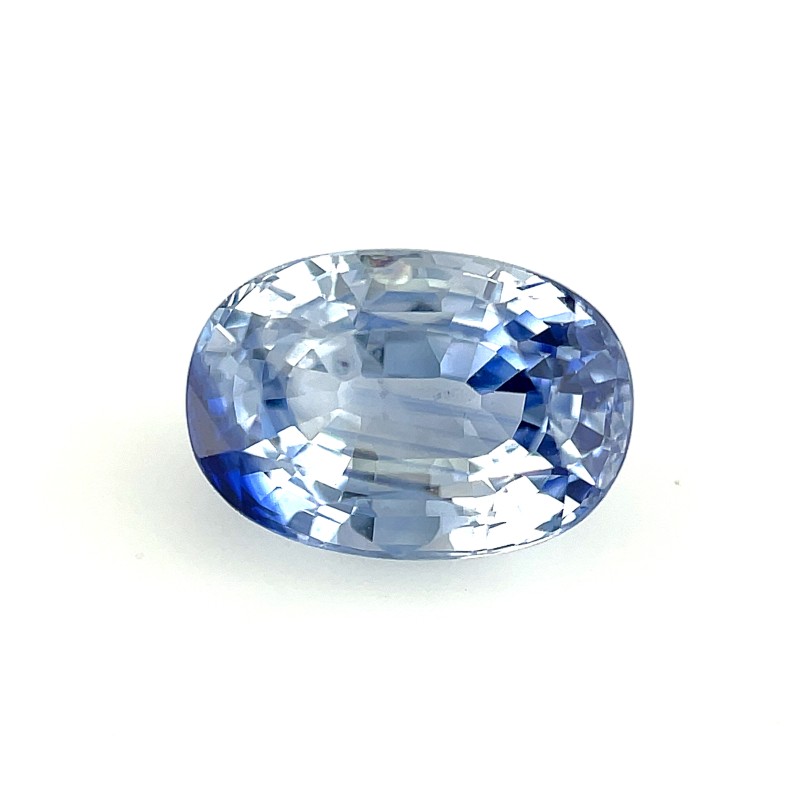
Country of Origin – 3 Countries for 1 Sapphire
Country of Origin – 3 Countries for 1 Sapphire
What does it mean when a sapphire receives 3 Country of Origin reports and each country is different?
Here’s the background.
In the October 2022 Hong Kong Sotheby’s auction, there was a beautiful sapphire and diamond ring up for sale. A 10.06 carats sapphire, estimated at 400,000 to 700,000 HKD (USD$50,000-$90,000) that sold for 756,000 HKD (USD$96,000) A tidy sum. And in the description of this ring, there were three laboratory reports, one that stated country of origin being Madagascan, one that stated Burmese, and one that stated Sri Lankan (Ceylon).
Let’s Not Argue over Origin
Let’s not argue over the science of origins. For one thing, these laboratory differences/disagreements are much more rare than most people think. And speaking of rare, we rarely hear about the times the labs agree on challenging identifications. But everyone talks about the discrepancies, most likely because they are the most challenging to identify.
What’s Important Here
For us, what is IMPORTANT is NOT the fact that the labs disagreed, but that it did not matter to the buyer! Dr. Thomas Hainschwang, co-founder of the GGTL Laboratories Switzerland in Liechtenstein notes, “At least they agree that the stone is not heated. Origin should not matter in the value of the gem anyways. It’s shameful that stones of equal quality from certain origins are degraded. There is no reason for it.”
This discussion reminds me of when a student of mine came to me with two beautiful blue sapphires, both one carat, and both round brilliants. One had a report stating Kashmir. The other stated Sri Lanka. I quickly glanced at both stones and pointed confidently, “this one is obviously from Kashmir.” The student replied, “No, that’s the Sri Lankan stone.” What was unfortunate in this case was that the two stones were going overseas to a location where I knew that country of origin is regarded more highly than the actual beauty of the stone. (Too bad… that Sri Lankan stone was magnificent!)
I asked Richard Hughes, of Lotus Gemology in Bangkok, to weigh in on this, since he is one of the world’s leading authorities on Corundum.
“I wrote an article about origin back in the 1990s,” says Hughes, “arguing that origin should not be put on reports in the absence of a statement about quality, because the majority of gems from all origins are not high quality. That’s the idealist viewpoint. Sadly, nothing in this world is perfect. There are lots of things I do, but would rather not. Origin is one of them.” Like Hainschwang, Hughes feels that quality is more important than where it comes from.
Hughes continued, “Whenever a friend of mine was given a form to fill out that had a field for ‘race,’ he would always answer ‘human.’ For gems, I want to know if they are natural, if they are treated, and, of course, the quality. Origin is not so important to me.”
Does Origin Confirm Ethically Sourced?
Before we get to that, one last comment on the science … One of the reasons the Laboratory Manual Harmonization Committee (LMHC) was created was so that the major international labs could work out the scientific differences amongst themselves. We should let them work out the country of origin challenges. After all, they know the science.
And then of course there are those who feel that identifying the country of origin can help them in knowing if a gem has been ethically sourced.
Hmmm. That is a topic for another day.
TAG: Original content for the Roskin report, sapphire, diamond, antique and estate gems, education, auction, trade news, Hong Kong Sotheby’s auction, unheated gem, corundum, GGTL Laboratories Switzerland, Lotus Gemology, Madagascan, Sri Lanka, Burmese, Kashmir, Laboratory Manual Harmonization Committee (LMHC)















